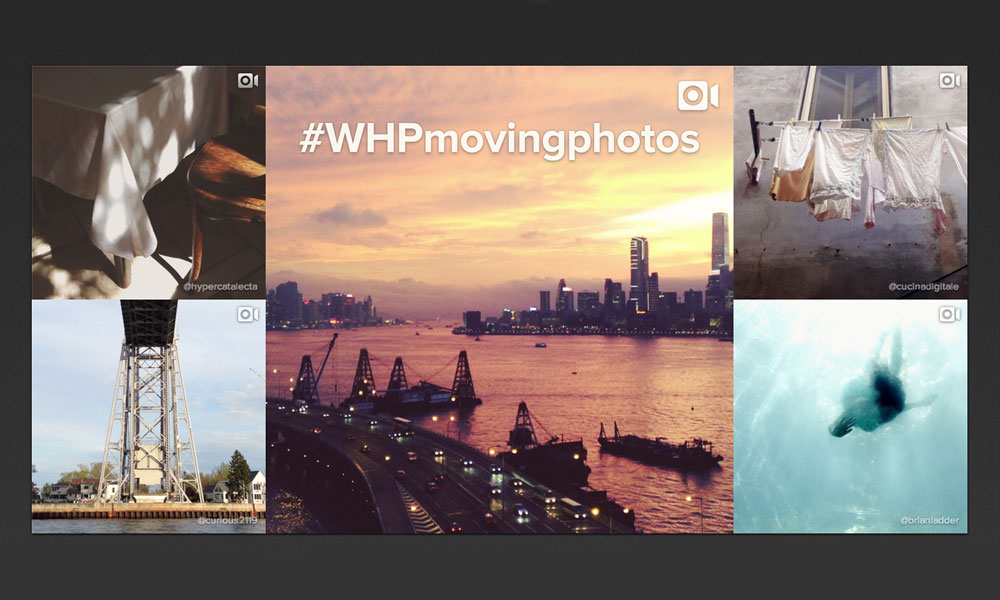
I Turn My Camera On: Why Instagram Can’t Be Ignored
Late last year, it seemed like the mobile-first social network might lose steam over a privacy controversy. Instead, it's becoming an essential part of any social media strategy, including for associations—and the recent embrace of video proves it.
Instagram didn’t jump the shark after that whole to-do about its privacy issues. In fact, it arguably came back much stronger than before.
Personally, it took me awhile to embrace this. After the Facebook-owned photo-sharing platform shut off its Twitter card functionality—essentially removing the main reason I used the service in the first place by hiding photos from easy view on my Twitter feed—I expected the platform’s momentum to slow down a bit. Eight months ago, I even wrote a post telling people about other services they could use instead. One of those services, Camera+, became my full-time replacement for photos on the go.
I took a gamble on my own approach to social media … and was wrong. It happens.
But in recent weeks and months, I’ve increasingly seen evidence that this was a mistake—that Instagram has staying power beyond of-the-moment trends. I took a gamble on my own approach to social media … and was wrong. It happens.
For a while, a bet against using Instagram as part of a social strategy was safe and understandable. Though it was growing fast, it didn’t have the saturation of networks such as Twitter and Facebook. But last week’s move toward video changes things significantly on this front. It’s clear evidence we’ve reached the saturation point—and that’s why Instagram can’t be ignored. (Seriously, everyone I talked to who uses Instagram—everyone—seemed excited about this move.)
Nonprofits and other organizations would be smart to read the tea leaves here.
Beyond Filters
The filters may have seemed like the raison d’être for Instagram, but in the end, the feature was only one draw. Likewise, the cross-platform sharing isn’t nearly as important to the platform’s growth as the on-platform engagement, which is why Instagram dropped Twitter card support.
Let’s face it, the reason the product works in its current form is because it cuts the friction between a photo and a comment. At first, those comments were happening on the platforms Instagram plugged in to, but as the service has grown, the conversation has stayed inside—ensuring that with the right message and the right approach, you can make some noise. Some nonprofits have really thrived in this context.
For example, the way the St. Baldrick’s Foundation, a child cancer charity, uses strong messages with clean text design and gripping visuals—visuals that encourage stickiness due to their emotional impact—is something many associations might strive for in their messaging approaches.
Similarly, the American Heart Association has been active on the service, recently offering a behind-the-scenes look at a video shoot involving kids explaining the ins and outs of heart disease.
Associations looking to push forward their engagement campaigns would be well advised to look into such a marketing approach.
Reuse, Renew, Recycle
Looking to build a campaign on Instagram? First consider what you’re already doing. Instead of building something new, build something additive.
The way the platform has embraced Vine-style video speaks to this. The big difference? Length. Vine’s six-second limitation might be better for creativity, but for brands, 15 seconds is ideal: 15 seconds is a standard commercial length. “This is an important but overlooked feature of online video ads, when compared to other kinds like banner and search: the ability to reuse the same creative on which advertisers have already spent so much money,” Quartz‘s Christopher Mims explains. “That’s an extremely appealing advantage to ad buyers.”
(While there’s currently no way to directly upload video to Instagram outside of shooting it directly, I’d expect things to change eventually, as imports are a hotly requested feature at the moment. Right now, you could always upload an existing clip kinescope-style.)
This creates advantages for tracking a video’s growth and spread as well. As my colleague Daniel Ford reported on this site last week, nonprofits by and large appreciate video, but struggle to track the ROI. Instagram can help with that: Its instant-reaction approach, combined with the analytics platform Statigram, makes it easy to track the social spread of content on the platform.
While uploading photos created on computers still isn’t the easiest thing to do (the best solution involves saving an image onto Dropbox or iCloud and uploading it via your phone), it’s possible, and that opens a lot of possibilities for engagement on Instagram. You can leverage what’s already on your plate.
A Lightweight Solution to Video
Nearly everyone in #mmccon LC10 says that they have a video strategy. Few create videos weekly. None create videos daily.
— Ernie Smith (@ErnieSmithAN) June 4, 2013
During a session on video at ASAE’s Marketing, Membership & Communications Conference this month, attendees were asked just how much video their associations create. Most said they create things occasionally, but few had a daily process for creating videos. It’s understandable.
It seems like there’s too little time to add to the work people already have—and video is a whole ‘nother beast to carry on our burdened backs.
But Instagram could prove useful for stretching your resources. Like Vine, Instagram could be an effective solution to ensure a constant video presence without too much heavy lifting.
Instagram was once glue in the social arsenal. Now it’s a fulcrum. It’s gone from being a way to connect your social tools to being a key social tool in and of itself.
If you’re not embracing it as part of your social strategy, you should. Simple as that.
Examples of Instagram videos shot since last week, taken from the Instagram blog.






Comments